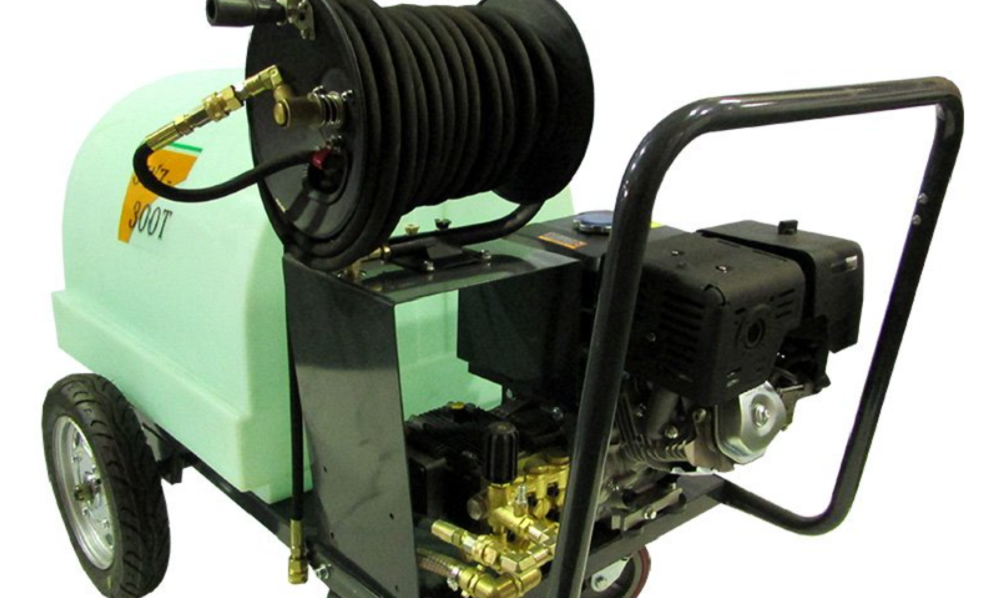Amplifiers are designed to strengthen weak signals, facilitate their movement in a circuit and provide power for sound production. Amplifiers may have few similarities, but there are distinct differences like in how their output stages function. These differences have influenced the grouping of amplifiers into various groups like the Class d amp. Each class has advantages and disadvantages, and characteristics that help you know which is better for your application or which one isn’t. In this article, we highlight the different amplifier classes.
Different types of amplifier classes
Below are some of the most common amplifiers used in various industries.
1. Class A amplifiers
They are analog amplifiers meaning they take in low analog signals and give off a better version of those signals as their output. Class A amplifiers are known to have one of the best audio sound systems. This reason makes them the most commonly used in the industry.
Their distortion levels are low, and no frequency compensation is needed. Class A amplifiers have the highest linearity despite the good audio sound, meaning their output is equal to its input.
Also, their efficiency is below 50 percent, limiting their use in applications requiring more power for sound production. These amplifiers are large in size, therefore, not ideal for portable devices. They also generate so much heat, reducing the battery life, and they are expensive too to purchase compared to other amplifiers.
2. Class B amplifiers
They are similar to the Class A amplifiers in that their input is a low analog signal while their output is much better and powerful. They reproduce sound via the push and pull method, which eliminates the even harmonics, and the sound quality produced is decent. Class B amplifiers are more efficient than Class A, with a 60 to 65 percent efficiency level.
Despite the advantages, some drawbacks are evident with this type of amplifier. There is an improvement from the below 50 percent of Class A; however, they are still not as efficient as other amplifier classes. There is a presence of crossover distortion, high heat generation, and they are pretty expensive too.
3. Class AB amplifiers
They are an in-between of the Class A and Class B amplifiers. They have a few attributes from both types but only those that positively affect the audio production or process. The good qualities help create the ideal amplified signal for better communication or a good overall output. Their level of distortion is neither too high nor low but is acceptable. They are more efficient than the previous classes, but they generate very minimal heat and are quite costly.
4. Class D amplifiers
Unlike the other amplifiers, they are digital, meaning the audio signal remains in digital form until its reproduced. They are primarily found in cars for audio production purposes. Crossover distortion levels are present, and their levels may be too high. You must compromise audio quality to minimize distortion effects which is not always a good idea. Class D amplifiers produce less heat, are more efficient, inexpensive, and lightweight.
Conclusion
Amplifiers differ in their configuration. It is best to think about what you want from the audio system to make the selection easier. Understanding the different types and how they work is essential, but you can seek help from an expert to help you shift through the amplifier models. Choose a class that best fits your purpose, budget and produces good quality sound.













